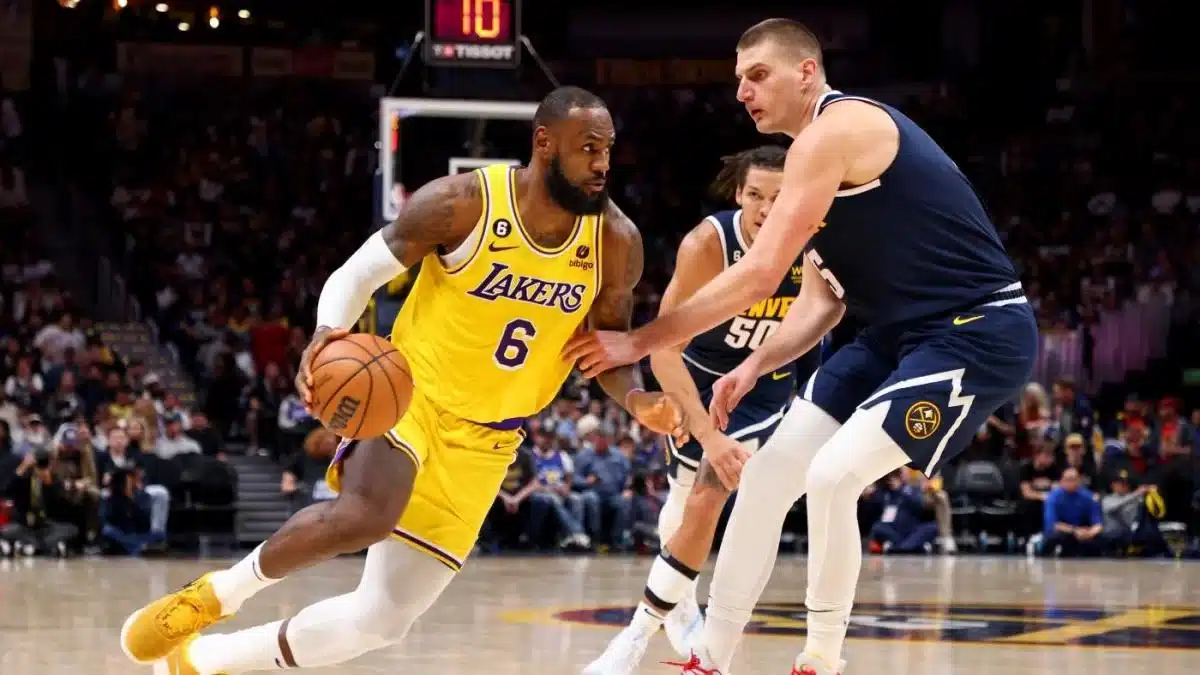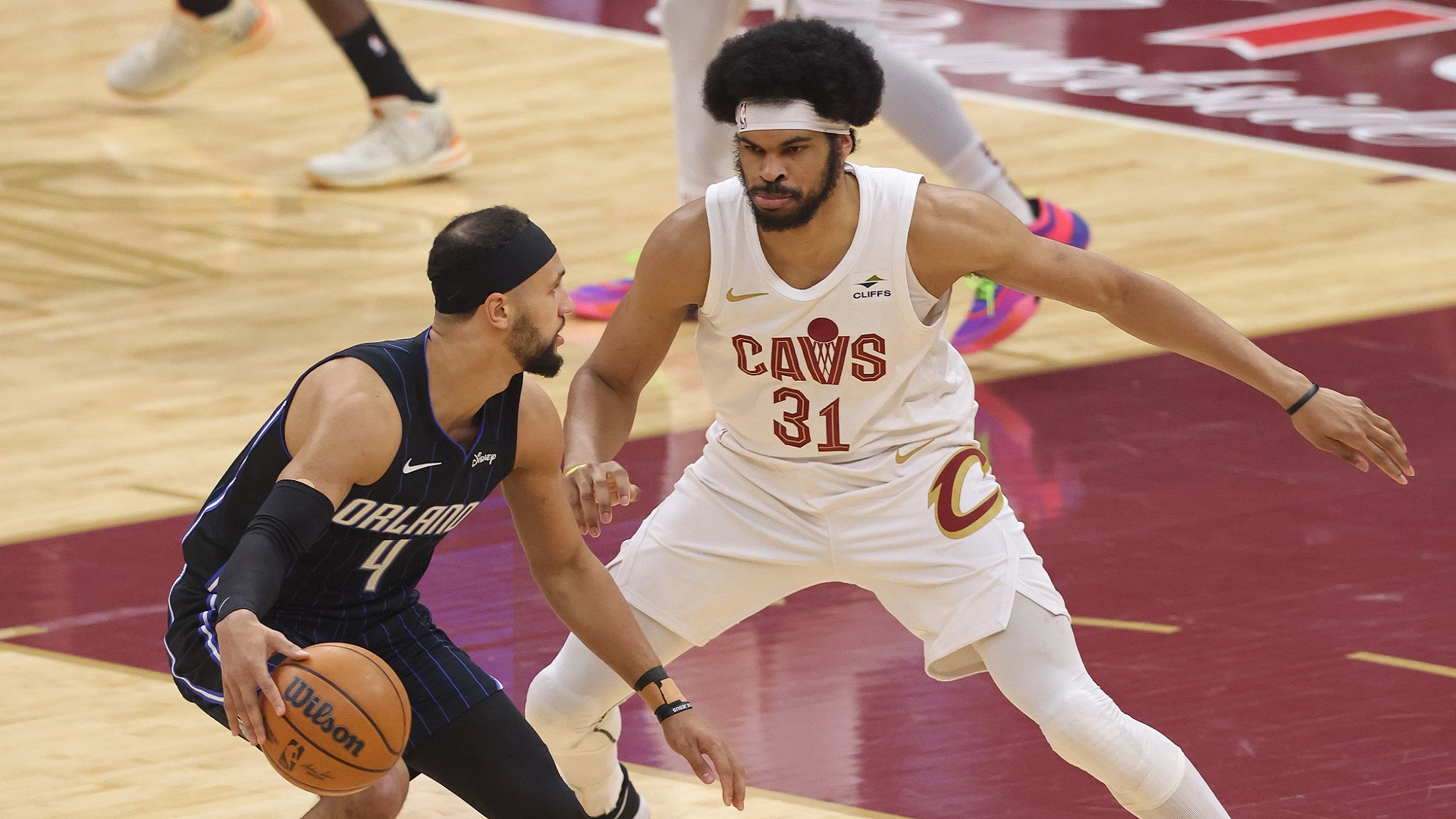
Introduction to the Denver Nuggets vs Lakers Match Player Stats
The rivalry between the Denver Nuggets and Los Angeles Lakers is one that has developed over several decades, marking significant moments in NBA history. Both teams have established themselves as formidable competitors in the league, contributing to the narrative of professional basketball with their engaging matchups. Historically, the Lakers, with their rich legacy and multiple championship victories, have garnered widespread recognition, while the Nuggets have consistently emerged as a competitive force, noted particularly for their resilience and talent.
Notable encounters between these two teams in the playoffs have defined their competitive spirit. Games such as the 2009 Western Conference Finals, where the Nuggets challenged the Lakers for supremacy, created lasting memories for fans and players alike. This series not only showcased outstanding performances from both teams but also highlighted the intensity inherent in their rivalry. Over the years, the dynamics have shifted as rosters evolved and new stars emerged, yet the fierce competition has remained a constant theme.
Key Player Statistics from Recent Matches
In analyzing the recent encounters between the Denver Nuggets and the Los Angeles Lakers, key player statistics provide valuable insights into the performances that significantly affected the game’s outcomes. Focusing on essential metrics such as points scored, rebounds, assists, steals, and turnovers enables a clearer understanding of each player’s contributions.
Nikola Jokic, the star center for the Nuggets, consistently showcases his all-around abilities. In their latest matchup, Jokic recorded an impressive 30 points along with 12 rebounds and 8 assists. His capacity to facilitate plays while securing vital rebounds demonstrates his pivotal role in the team’s success. Additionally, Jokic’s defensive prowess is evident as he managed to secure 2 steals without committing excessive turnovers, underscoring his efficiency on both ends of the court.
Conversely, LeBron James of the Lakers continues to be a formidable force in the league. In their recent clash, he matched Jokic’s scoring output, netting 30 points as well. However, LeBron also contributed 10 rebounds and 7 assists, indicating his multifaceted skill set. In terms of tangible impact, James recorded 3 steals which exemplify his defensive tenacity; however, he did have 4 turnovers, reflecting the high-pressure dynamics of the game.
Furthermore, the supporting cast from both teams proved crucial. For the Nuggets, Michael Porter Jr. made a substantial impact, scoring 20 points with 5 rebounds, while for the Lakers, Anthony Davis added 25 points and grabbed 9 rebounds. By examining these statistics, it becomes increasingly evident how each player’s performance influences the collective effort and results of the game, revealing the strategic nuances that define matchups between these two competitive teams.
Impact of Player Performance on Team Outcomes
The performance of individual players can significantly influence the overall success of their teams, as evidenced in matchups between the Denver Nuggets and the Los Angeles Lakers. Analyzing player statistics reveals a direct correlation between these metrics and game outcomes, particularly in high-pressure situations. Key factors such as turnovers, shooting percentages, and defensive plays often serve as critical indicators of a team’s potential to secure victory.
Turnovers, for instance, can drastically alter the flow of a game. Excessive turnovers disrupt a team’s offensive rhythm and impede their ability to score points. In contrast, a low turnover rate enables teams to capitalize on scoring opportunities. The Lakers and Nuggets have experienced matches where a few crucial turnovers by star players led to a shift in momentum, allowing the opposing team to capitalize and take control. Consequently, careful management of the ball becomes a central strategy for these teams, underscoring the importance of each player’s decision-making on the court.
Shooting percentages are another pivotal aspect of player performance that directly influences team success. A higher shooting percentage typically correlates with greater scoring efficiency, which is vital in a competitive matchup. For instance, if a key player like Nikola Jokić or LeBron James is shooting effectively, it not only boosts their own scoring output but also instills confidence in their teammates. Conversely, low shooting percentages can lead to frustration and momentum shifts. Therefore, assessing shooting consistency among primary players provides insights into potential outcomes of their encounters.
Lastly, the contributions of role players should not be understated. While star athletes often attract the spotlight, it is frequently the role players who make critical baskets or defensive stops in crucial moments. Their stats may sometimes blend into the background but can play a decisive role in determining the game’s trajectory. A timely three-pointer or a valuable defensive play can outweigh a star player’s performance during critical stretches of the match. Overall, understanding the interplay between these individual player statistics illuminates the multifaceted nature of team dynamics in the Denver Nuggets vs Lakers matchups.
Conclusion and Future Match Expectations
Analyzing the player statistics from recent Denver Nuggets versus Los Angeles Lakers matchups reveals essential insights into the strengths and weaknesses of both teams. The performance metrics gathered highlight key players’ contributions, showcasing areas where enhancements may be beneficial. For instance, the Nuggets’ ability to leverage their depth, alongside the Lakers’ reliance on star players, has created a distinct competitive dynamic that both squads will need to navigate in future encounters.
As we look ahead, it is clear that both teams must adapt their strategies based on the statistical outcomes observed. The Nuggets may want to continue exploiting their versatility and cohesive play, while the Lakers will likely need to focus more on improving their bench support to lessen the dependency on their key stars. The player metrics suggest that optimizing rotations could be vital for maintaining performance levels throughout games, especially in high-pressure situations. Additionally, emerging talents on both rosters must be given opportunities to step up, as their development could significantly alter team dynamics.
Upcoming matchups between the Nuggets and Lakers promise to be exciting, with both teams eager to explore new tactical approaches. Observations indicate that the play styles could evolve, potentially emphasizing ball movement and defensive strategies that capitalize on opponents’ vulnerabilities. Monitoring these trends will be crucial, as the outcomes of these matches not only impact playoff positioning but also serve as a litmus test for both teams’ ability to adjust in real-time.
In conclusion, the insights gained from player statistics provide a clearer picture of what to expect in future contests. Fans can anticipate intriguing shifts in gameplay and individual performances as both teams aim to secure victories in this competitive rivalry.
If you’re looking for diverse and engaging content, check out Spero Magazine for insightful articles, while Kongo Techz keeps you updated on the latest tech trends. Manga lovers will enjoy Vyvy Mangas, and for trending news, Buzz Feeds has you covered. Dutch readers can explore Taalz and Blog Zen for interesting reads, while Tech Spiegel offers tech insights in German. For self-growth, visit Trans4Mind, and if you’re into entertainment, Baddies Hub is a great pick. Writers will appreciate Schrijfx and Schreib Pro for their resources, and don’t forget to check out Fast S Magazine for a variety of topics!





